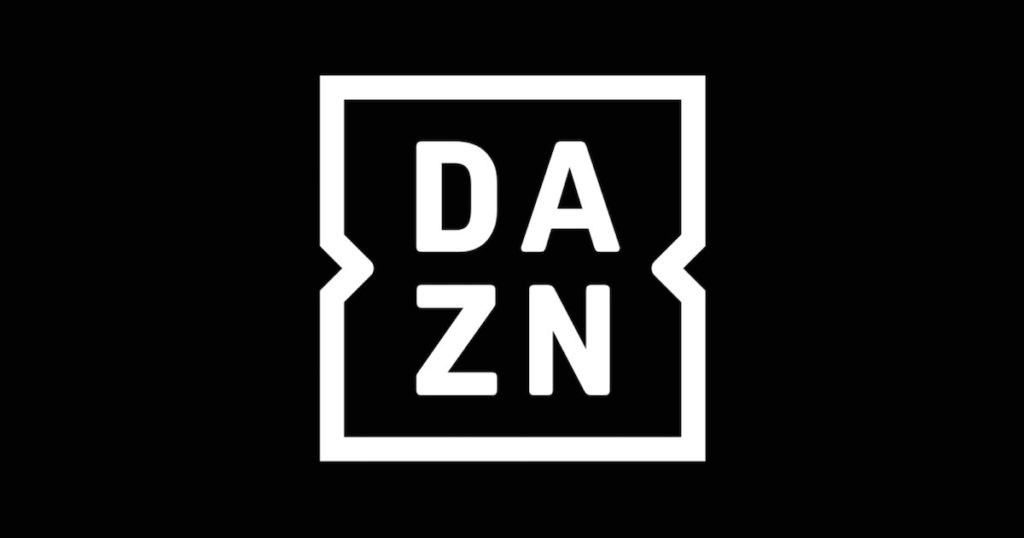DAZN: Wrapped

By Eddie Sanchez
The rhetoric surrounding the financial issues that DAZN has suffered since it’s inception have been widely echoed, especially when boxing content is targeted as a primary issue. Over the past year-plus boxing fans have seen the streaming service struggle to lockdown fight dates with some of their high profile fighters. While some of these issues naturally stem from the political games that promoters have always played, this has been compounded by DAZN’s overzealous ambitions to be a leader in producing boxing content.
According to TubeFilter, “In its 2019 Lookback, DAZN said viewers watched 507 million hours of content this year, compared to last year’s 256 million, Business Insider reports. (DAZN launched in 2016.) 62% of those hours came from soccer content, and 4.5% came from boxing content, including the YouTubers’ much-hyped, surprisingly legit rematch (between Logan Paul & KSI).”
At first glance, DAZN would have seemingly been proud of the nearly 50% increase in total viewership hours from 2018 to 2019, but given that we live in December 2020, we know that this increase was not enough to quiet the cash-flow issues that have been widely discussed and debated.
Even more interesting, is the fact that only 4.5% of DAZN’s total viewership hours were from boxing content. This is an astronomically low figure as-is, but is even more alarming when you consider that they had paid GGG a 100 million-plus guaranteed deal to stream his next six fights and had Canelo locked-in, at the time, for an eleven fight 365 million dollar guaranteed deal.
With the help of revisionist history, there is no wonder why DAZN was desperate to get themselves out of the Canelo Alvarez deal, especially when you consider that Oscar de la Hoya leveraged a separate deal on the backend for the rest of his stable under Golden Boy.
With the current year coming to a close and DAZN finally able to navigate through our COVID-climate to produce elite content during the fourth quarter of 2020, it will be interesting to learn the specific consequences within the next Lookback.
While not a positive by any stretch of the imagination, DAZN’s shareholders can point to COVID as the primary issue for 2020’s poor year. While we, as fans, understand that this is not entirely true given the past decisions the company has made, it’s also equally understandable for a business to shape the narrative as they please when exiting a fiscal year.
For DAZN to be able to use this argument to its fullest, they will need to represent strong fourth quarter earnings. Fortunately for them they have elite content as the year closes, which should likely lead to an increase in subscriber numbers. This increase might look artificially higher because of the temporary drop in loyal consumers during the dead period of the pandemic. As those loyal consumers funnel back in, the year-end numbers should get a solid boost.
Closing out the year, DAZN can look forward to streaming the following cards:
December 12: Anthony Joshua vs Kubrat Pulev
December 18: Gennadiy Golovkin vs Kamil Szeremeta
December 19: Canelo Alvarez vs Callum Smith
These three fights will feature the three highest draws that DAZN has to office in Joshua, Golovkin and Alvarez. Additionally, DAZN will feature Ryan Garcia’s return against Luke Cambell on January 2, which should help keep solo-month subscribers from deleting their accounts after the Canelo Alvarez fight.
While all networks and promoters secretly wish for their elite draws to stay on the winning side of their bouts, DAZN as currently constructed, is especially hopeful that their four most popular fighters win these bouts and pledge 2021 as an active fighting year.
What are your thoughts on DAZN? Can they navigate through 2021 successfully and overcome their past ill-advised financial decisions that were further impacted by the pandemic?